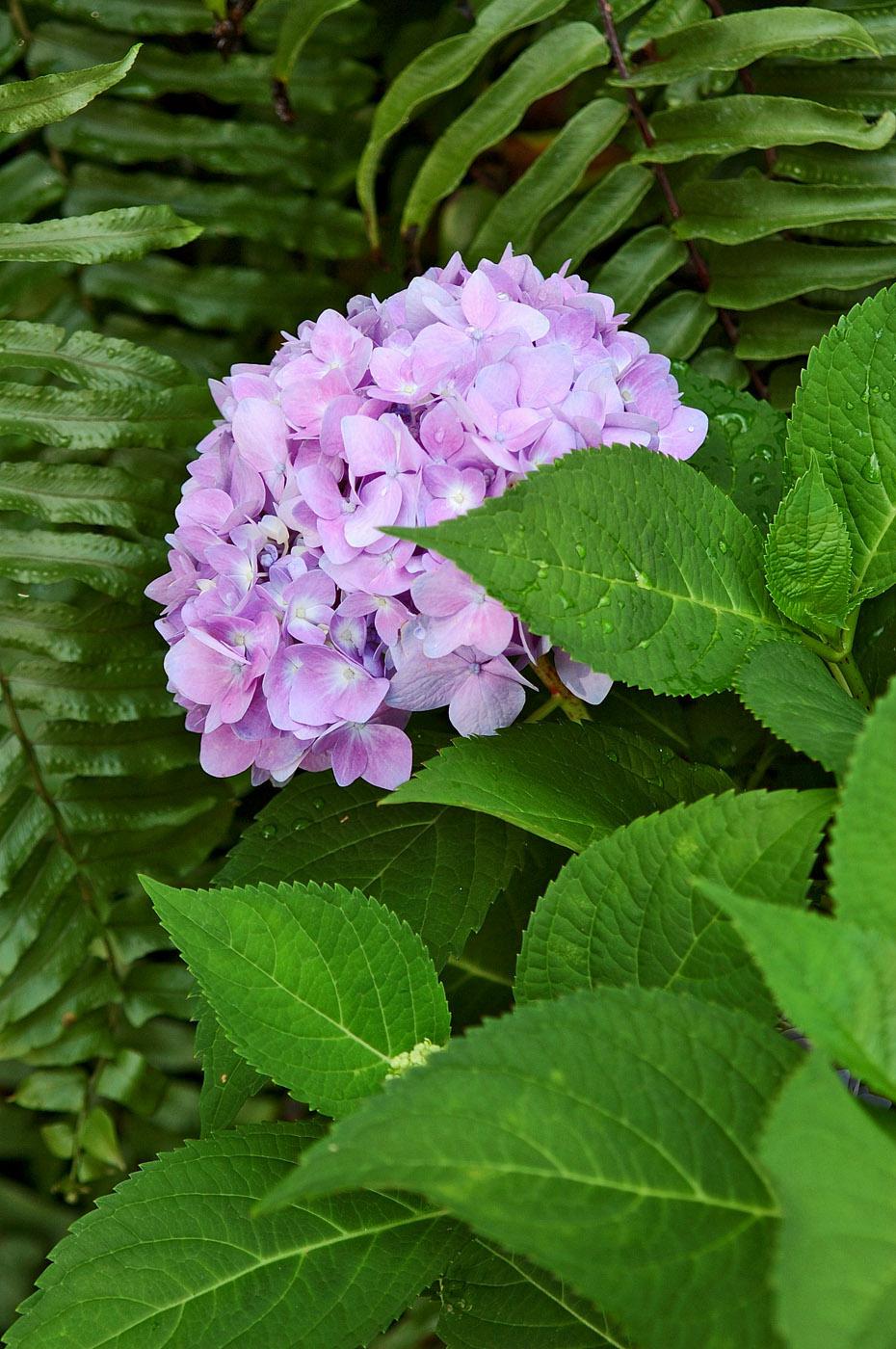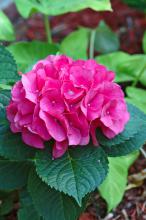Information Possibly Outdated
The information presented on this page was originally released on June 5, 2008. It may not be outdated, but please search our site for more current information. If you plan to quote or reference this information in a publication, please check with the Extension specialist or author before proceeding.
Hydrangea varieties keep gardeners happy
By Norman Winter
MSU Horticulturist
Central Mississippi Research & Extension Center
Hydrangeas are starting to bloom everywhere across the South and will soon burst with color farther north as summer weather takes hold.
The hydrangea is the most loved summer blooming shrub because of its huge, colorful blossoms. Despite the large blue or pink blossoms, the hydrangea has been mostly a generic shrub, and only recently have varieties started to gain attention.
If you have a bounty of them, you may feel like strutting around muttering to the rest of the gardening world, “who's your daddy?” That comment is rather appropriate in light of two new varieties that have been introduced. Big Daddy and Lemon Daddy are worth your attention.
Big Daddy has almost monolithic-sized blooms reaching 10 to 14 inches wide. This plant also has some of the most prized glossy leaves in the hydrangea world.
Big Daddy's color, like most of the big-leaved hydrangea varieties, is dependent on soil pH. Soil with a low pH has aluminum available to the plant, so the blossoms are blue. As you move up the pH scale closer to a neutral 7 or even higher, you will see various shades of lilac to pink and even hot pink and red as the aluminum becomes less available to these plants.
Big Daddy gave us a sibling, or sport, called Lemon Daddy. When you see this plant you will no doubt say, “Wow!” The foliage is a striking lime green to gold and stands out like a beacon in the filtered-light garden. The foliage is so colorful that you will be happy even if it never blooms. But, of course, it will bloom either blue or pink.
Endless Summer may be the hydrangea that got everyone talking about varieties. It blooms on old wood as well as new growth, which means it has a longer bloom season and stops the old question about why a hydrangea stops blooming dead in its tracks. It is cold-hardy to zone 4, so gardeners farther north can relish its beauty.
Hydrangea varieties have been around for some time -- the generic box we found ourselves in was a result of gardeners spreading the joy with cuttings. But be forewarned: propagating patented plants is illegal.
At my house, I am growing Merritt's Supreme, a large-flowered selection with handsome foliage. Here it produces hot pink to red blossoms even though other varieties right next to it lean toward blue and lilac. I am using them as understory-type plants beneath large bananas, creating a unique tropical combination.
I am also growing Nikko Blue, one of the most electrifying blue selections, although it will lean toward pink as soil pH becomes alkaline.
Visit a local garden center to discover that I have mentioned only a few of the selections. You will feel like you are the proverbial kid in the candy store with not only the big-leaved hydrangea varieties, but also several other species that bloom in different seasons. No matter which hydrangea you choose, give it moist, fertile soil and part sun to filtered light, and you are sure to have a shrub that will bring enjoyment for years to come.




